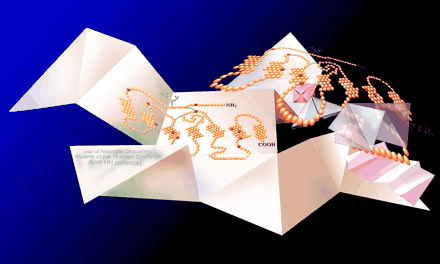Protein Origami
Therapeutic Rescue of Misfolded Gene Products
- Oregon National Primate Research Center and Department of Physiology and Pharmacology Oregon Health & Science University 505 NW 185th Avenue Beaverton, OR 97006
- Address correspondence to PMC. E-mail connm{at}ohsu.edu; fax 503-690-5569.
Abstract
Receptor mutations that elicit loss of function are sometimes equated with defects that ablate receptor-ligand binding or receptor-effector interactions. Similarly, mutationally defective enzymes and ion channels are often viewed as compromised in substrate or ion recognition, respectively. Recent observations, however, suggest that an alternate mechanism may be surprisingly common, namely, that mutations in structural genes may not interfere with the inherent functionality of the affected protein, but nevertheless cause disease by preventing the cell’s trafficking machinery from placing the affected protein at the appropriate subcellular compartment (e.g., at the cell membrane). Accordingly, therapies may be devised to ensure the placement of receptors (or other proteins) at locations where they can support cell function.

- © American Society for Pharmacology and Experimental Theraputics 2002



